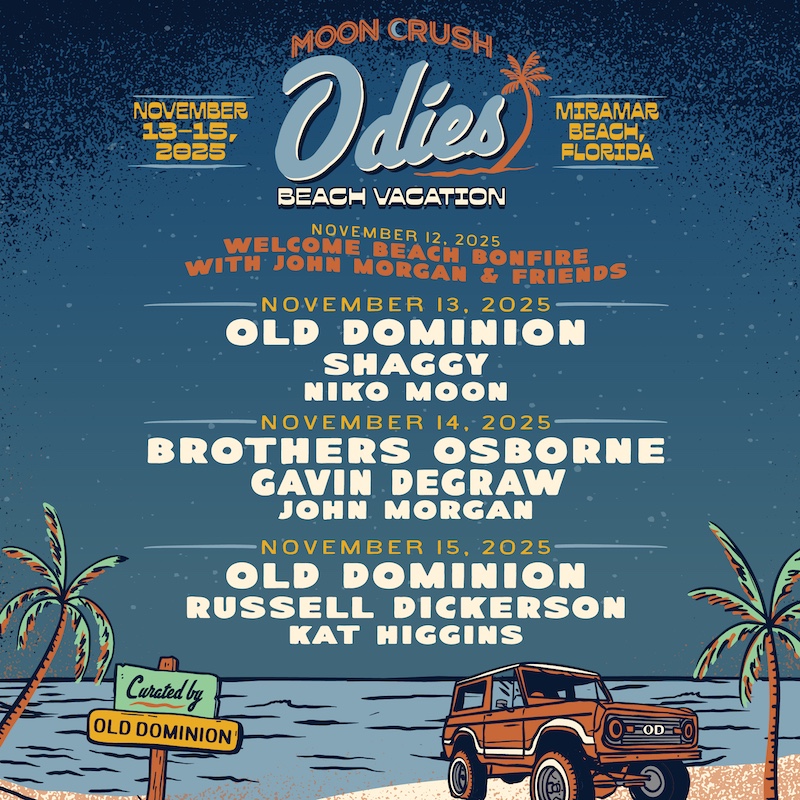
By Theresa Lacey
The young track and field athlete, son of sharecroppers and the grandson of slaves, stood with his feet at the line, ready for his first competition in the long jump. He was in Nazi-ruled Berlin, Germany. It was 1936. He was an African-American surrounded by a sea of Caucasian faces.
This young man, born in 1913 in Oakville (Lawrence County), Alabama, faced his fears in the Olympic competitions in which he competed, for Germany’s ruling Nazi Party had as one of their founding principles that white people were supreme (called Aryan superiority) in everything. Born James Cleveland Owens, his family called him “JC,” but when he went to school, his teachers thought he said “Jesse” when asked about his name, so the moniker stuck.
In the words of the Encyclopedia of Alabama, Jesse Owens “shocked the world” when he won not only one track and field competition but four. He took gold in not only the long jump but also the 100-meter and 200-meter dashes as well as the relay race. He was the first African-American athlete to win four Olympic gold medals in track and field.
His other, post-athletic, accomplishments included heading up a national fitness program for African-Americans through the Office of Civilian Defense and acting as a liaison for Ford Motor Company for its black employees. In the 1950s, President Dwight D. Eisenhower sent the affable and inspiring Owens on international goodwill tours. His other accomplishments included being a spokesperson for Quaker Oats, Johnson and Johnson, and Sears and Roebuck.
His longtime hero, Booker T. Washington, had inspired Owens to achieve racial equality through means other than aggression. In his book, Blackthink (1970, William Morrow Press), Owens condemned the Black Power movement of that time as being out of touch with the majority of African-Americans of the day. His last years were spent giving lectures and serving as a member of the Board of Directors of the U.S. Olympic Committee. He died of lung cancer in Tucson, Arizona, in March of 1980. He was only 66.
Owens’ life and accomplishments were commemorated on two U.S. postage stamps (showing young Owens in mid-jump and in a running stance). In 2016, an incredible movie, “Race,” was released about his experience in the Olympic Games in 1936 Berlin (and in the movie, actor Stephan James, who portrays Owens, says, “There is no black or white; there is only fast or slow.”).
Author Alson Pierce wrote about his personal experience of witnessing Jesse compete in the 1935 Big Ten meet at Ann Arbor, Michigan. That day, Jesse’s performance set three world records and tied another in less than an hour - a feat that has never been equaled and continues to be known as "the greatest 45 minutes ever in sports history.”
After returning victorious from the 1936 Olympic Games and being an international celebrity, Jesse Owens had to have been disappointed at his treatment by the U.S. President Franklin D. Roosevelt. Not only did he not invite Owens and the other 17 African-American athletes to the White House, but he did not even send them a congratulatory telegram. This snub was somewhat corrected when, in 1976, President Gerald Ford presented Owens with the Presidential Medal of Freedom, the highest award given to a civilian.
In 1990, Jesse was posthumously awarded the Congressional Gold Medal by President George H. W. Bush. In 2016, President Barack Obama met with the families of the 18 African-American athletes of the Olympic Games in Berlin in 1936 to praise and properly honor them for their courage to successfully compete in a time of Nazi-ruled Germany and the segregated U.S.
A 2016 documentary, “Olympic Pride, American Prejudice,” honors Owens and the 17 other African-American athletes of the 1936 Olympic Games. A stretch of Highway 36 that runs between Hartselle (near Huntsville) and Danville to the Morgan-Lawrence County line is called the Jesse Owens Parkway.
Today, you can tour the Jesse Owens Museum, which was built in Owens’s birthplace of Oakville. Three people who worked to put together a plan to raise money for the museum to honor the track and field star were James Pinion, volunteer Curtis Cole, and Oakville resident Therman White; they were featured in a Southern Living issue (2008).
James and Nancy Pinion, who, with a handful of other local visionaries, began the museum and opened it in 1998, continue to actively work to perpetuate Jesse Owens’ legacy and to properly honor his accomplishments. On the grounds of the museum is a fully restored and refurbished sharecropper’s cabin. It looks much like it might have when Jesse Owens and his family lived in such a place.
As you tour it, his brother Sylvester’s recorded narrative tells you what life was like for a family of twelve living in a three-room cabin. Outside the museum is a large statue depicting Owens in a running position, running through the Olympian 5-ring symbol (this sculpture was created by Birmingham native Branko Medenica).
Also on the grounds is a full-size replica of the Berlin long-jump pit (where you can compete against Jesse’s record if you dare) and a replica of the 1936 torch. Inside the museum itself are interactive exhibits; in the theater section of the museum, you can also view actual footage of the Berlin games narrated by Jesse himself, see Hitler cringe at the sight of Owens’ winning competitions, and watch sports announcer Howard Cosell praise this young and brave athlete. Many photographs of Jesse Owens, with more exhibits about his life, are also on display.
In 1996, at the beginning of the games in Atlanta, Georgia, the Olympic torch was carried through parts of the South. James Pinion met with the head of the Olympic Committee and asked that the torch be routed through the Jesse Owens Museum birthplace. The grandson of Jesse Owens, Stuart Owen Rankin, carried the torch into the park, and Owens’s widow, Ruth, lit the “eternal flame” in the park’s replica of the 1936 Olympic torch.
Owens is remembered and honored in other ways, too: in Jesse Owens Park, you can see a monument to Owens. It was made possible through funding by Governor George C. Wallace, who paid for the monument of Jesse Owens to be created (it was meant to be set on the lawn of the Lawrence County Courthouse in Moulton, but in 1983 that was voted down by the county commissioners, thus its final home is in the park.

Owens is still remembered as, in the words of the Encyclopedia of Alabama, the “nation’s greatest Olympian.”
Note: This is an excerpt from Lacey’s book, Amazing Alabama: The Bicentennial Edition. It was endorsed by Governor Kay Ivey, who wrote the Foreword for the book. This is part of a series titled “Lacey’s Amazing America,” which includes Amazing Texas, Amazing North Carolina, Amazing Tennessee, and Amazing Florida, the latter of which is in the works. Lacey’s website is www.TJensenLacey.com. She gives speaking engagements and writers’ workshops on occasion.
























